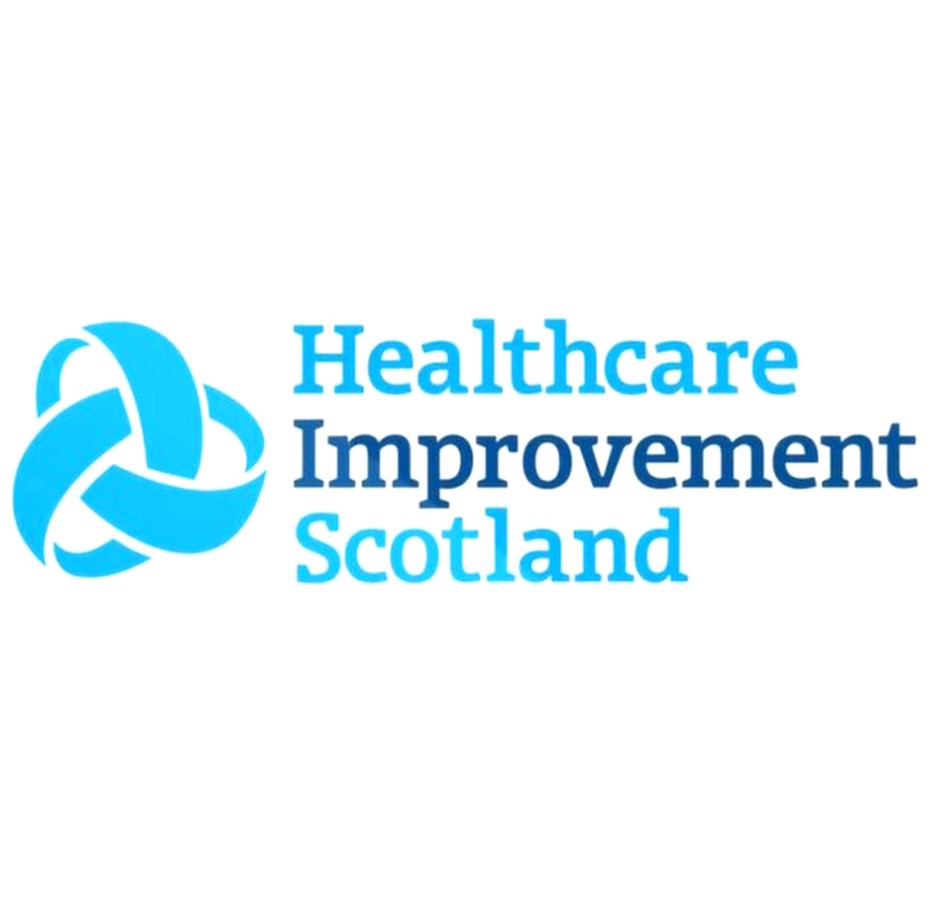- Dose recommendations depend on the indication.
- For continuous subcutaneous infusion (CSCI) administering the same dose as oral therapy is recommended.
- In elderly patients, the initial dose should not exceed 500 micrograms/24 hours if newly prescribed.
Oral route
500 micrograms at night (250 micrograms if concerned about drowsiness), up to 4mg/day.
Subcutaneous route
Common dose range in palliative care:
- 1mg to 4mg over 24 hours
- doses up to 8mg in 24 hours have been used.
The dose of clonazepam should be carefully adjusted to individual requirements, and used with caution in patients with chronic respiratory disease, renal or moderate hepatic impairment.
Manufacturers also state the stability of the diluted clonazepam is maintained for up to 12 hours, although there are reports of CSCI administration over 24 hours without apparent unexpected effect.
Diluent
- Use the diluent ampoule (Water for Injection) supplied with the clonazepam ampoules if administering the clonazepam as a bolus injection. The clonazepam ampoule must be diluted prior to a bolus administration.
- If administering clonazepam via a syringe pump over 24 hours (CSCI), there is no need to use the diluent ampoule supplied in the box as the clonazepam will be administered diluted in the syringe pump. Use sodium chloride 0.9% as the diluent if clonazepam is to be administered on its own.
Compatibility
- It has been shown that sorption into PVC infusion sets occurs with clonazepam injection. The clinical significance of this effect is yet to be determined, although another study has shown that significant loss of clonazepam (up to 50%) does occur when infused through PVC tubing over 24 hours. Use of non-PVC tubing solved this problem.
Please check with specialist palliative care pharmacists for further information/compatibilities.
